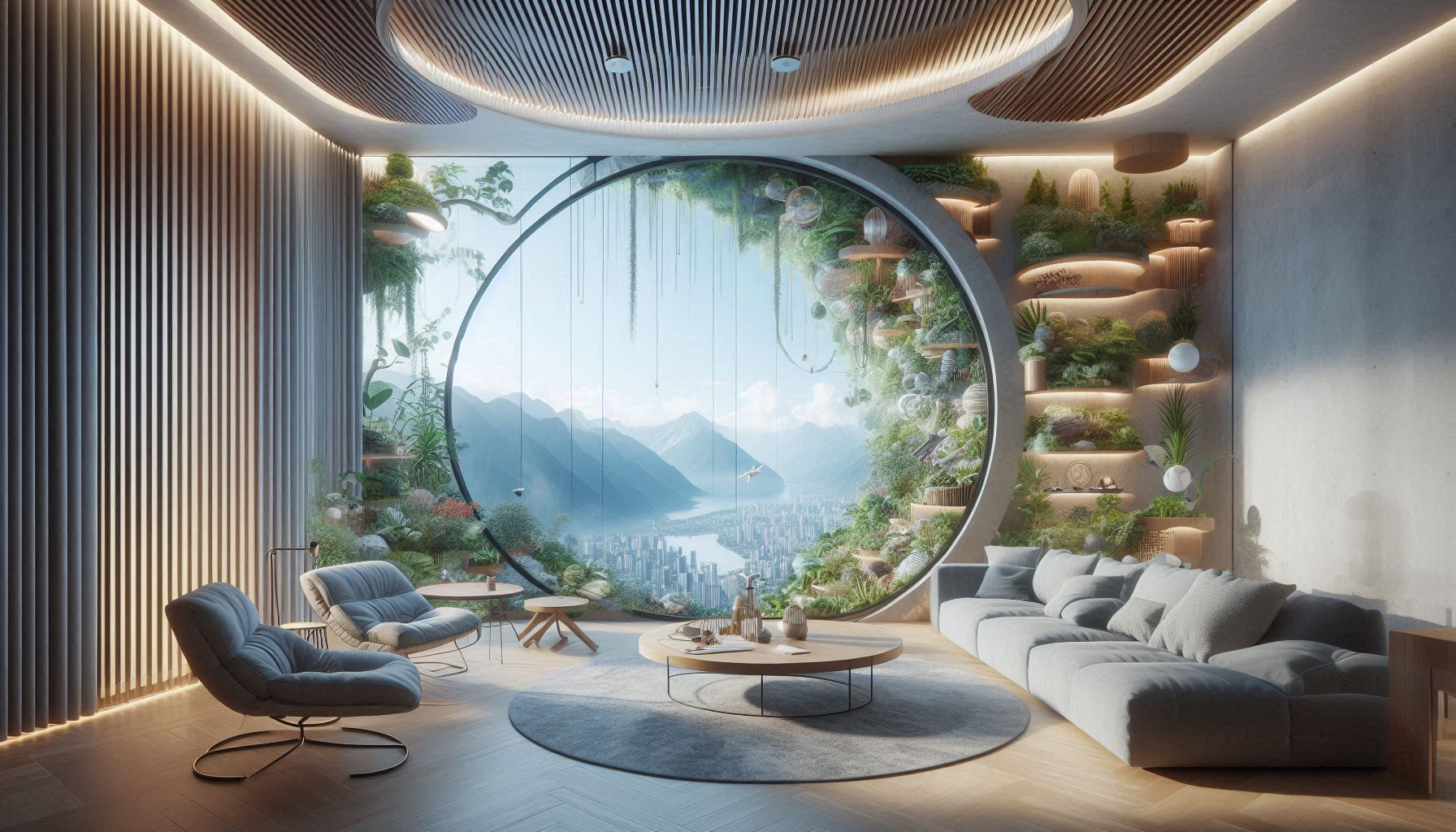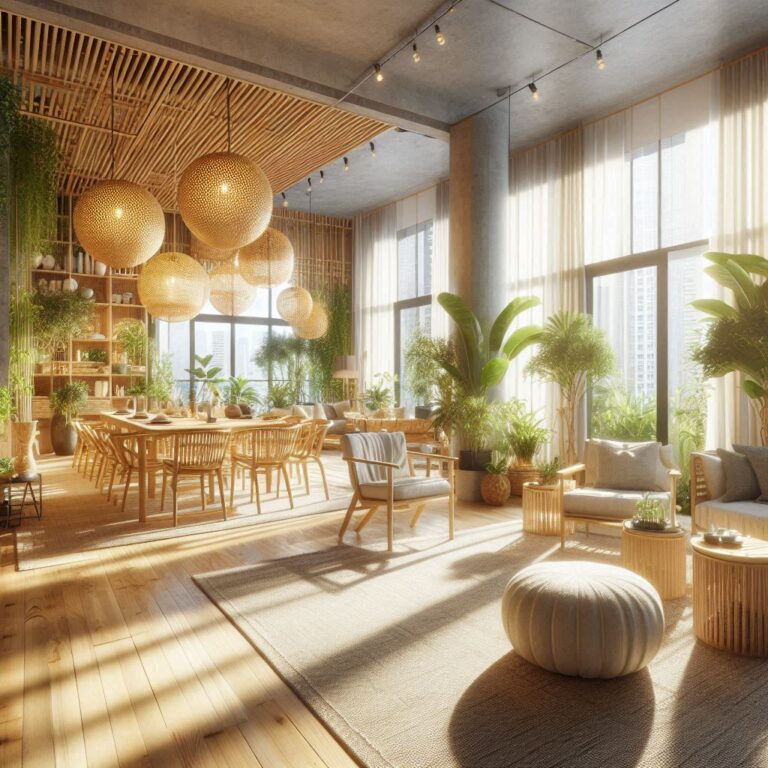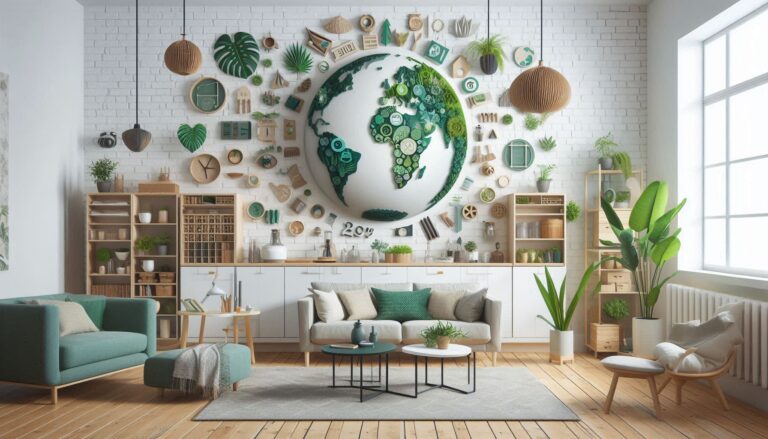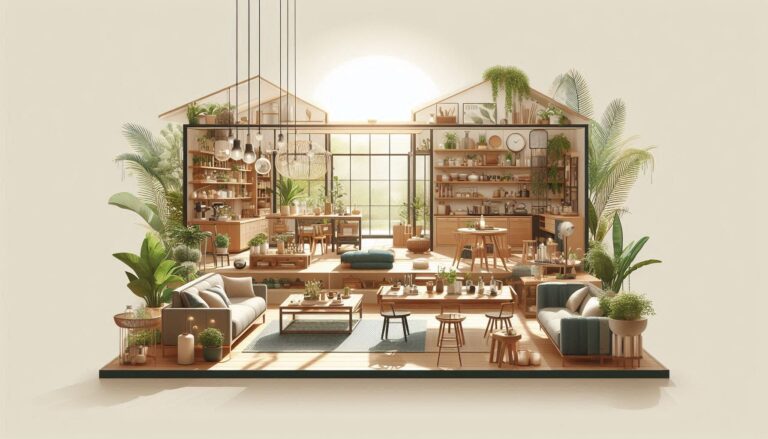The Future of Interior Design: Embracing Sustainability and Eco-Friendly Practices

As the world continues to evolve, so too does the interior design industry. One of the most significant trends shaping the future of interior design is the growing emphasis on sustainability and eco-friendly practices. Today’s designers are not only focused on creating aesthetically pleasing and functional spaces but are also committed to ensuring that their designs are environmentally responsible and sustainable for future generations.
The Shift Toward Sustainable Design
Over the past decade, the interior design industry has witnessed a paradigm shift. Designers are increasingly conscious of their ecological impact, recognizing that their choices can significantly affect the planet. This growing awareness has led to the adoption of eco-friendly design practices that prioritize sustainability, energy efficiency, and waste reduction.
From energy-efficient lighting and appliances to the use of reclaimed and recycled materials, sustainable interior design is no longer just a trend—it’s a necessity. The future of interior design lies in creating spaces that are not only beautiful but also harmonious with the environment.
Eco-Friendly Practices Driving Change
Several eco-friendly practices are becoming integral to interior design, shaping how designers approach their projects. These include:
• Use of Sustainable Materials: The shift from traditional materials to sustainable alternatives is one of the most prominent trends. Designers are opting for materials like bamboo, cork, and reclaimed wood, which have minimal environmental impact and are renewable. Additionally, low-VOC (volatile organic compound) paints and finishes are replacing their toxic counterparts, improving both indoor air quality and environmental health.
• Energy Efficiency: As concerns about climate change and energy consumption continue to rise, energy-efficient solutions are now a priority. Designers are incorporating energy-efficient windows, LED lighting, and smart thermostats to reduce energy use and carbon footprints.
• Waste Reduction: In a world where landfills are overflowing with discarded furniture and materials, interior designers are embracing repurposing and upcycling. Rather than sending items to the landfill, designers are finding creative ways to breathe new life into old furniture or using recycled materials to create innovative and functional pieces.
Shaping the Future
As we look to the future of interior design, it’s clear that sustainability will remain a driving force. With advancements in green technologies and materials, designers will continue to push the boundaries of what’s possible, creating interiors that are not only stunning but also environmentally responsible. The future of interior design is green, and designers who embrace this shift will be at the forefront of an industry that is paving the way toward a more sustainable and eco-conscious world.






